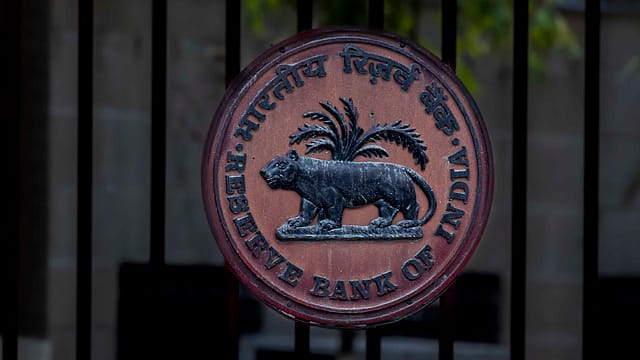Unsecured retail loans up, secured ones dip in 2 yrs: RBI
ADVERTISEMENT

There has been a rise in “unsecured retail loans” between March 2021 and March 2023, the central bank has said in its latest financial stability report. "The composition of secured and unsecured advances has changed during this period (March 2021 and March 2023), with unsecured retail loans increasing from 22.9 per cent to 25.2 per cent and secured loans declining from 77.1 per cent to 74.8 per cent," says the Reserve Bank of India (RBI).
The RBI data shows though bad loans in India are at a 10-year low of 3.9%, around 10% of retail borrowers are missing monthly payments.
The SMA (special mention account) share -- combining SMA-0, SMA-1, and SMA-2 -- in retail advances for public sector banks stood at 9.4% as of March 31, 2023, shows the central bank data.
Notably, loan accounts under stress come under three categories in the country -- SMA-0, SMA-1, SMA-2. Any principal interest payment delayed by not more than 30 days is put under SMA-0, while those between 31 and 60 are categorised under SMA-1 and those delayed between 61 and 90 days come under SMA-2.
January 2026
Netflix, which has been in India for a decade, has successfully struck a balance between high-class premium content and pricing that attracts a range of customers. Find out how the U.S. streaming giant evolved in India, plus an exclusive interview with CEO Ted Sarandos. Also read about the Best Investments for 2026, and how rising growth and easing inflation will come in handy for finance minister Nirmala Sitharaman as she prepares Budget 2026.
If any loan payment is overdue by more than 90 days, it is termed as non-performing asset (NPAs) or a bad loan.
The RBI data shows that retail loans grew at a compounded annual growth rate (CAGR) of 24.8% from March 2021 to March 2023, almost double the CAGR of 13.8% for the gross advances during the same period.
The retail loan category formed around one-third of the total banking system’s gross loans and advances.
The RBI says although the GNPA ratio of retail loans at the system level was low at 1.4% in March 2023, the share of special mention accounts (SMA) was relatively high at 7.4% for SCBs and it accounted for a tenth of the retail assets portfolio of PSBs.
However, the data shows SMA 1 and SMA 2 accounts, which have higher proximity to default, have shown improvement with the total ratio of these two categories falling from 4.2% in March 2021 to 2.3% in March 2023. "Unsecured retail loans formed only 7.9 per cent of the total banking system credit," the central bank's report adds.
Moreover, retail loans' asset quality has improved, says the central bank, adding the GNPA ratio has declined from 3.2% to 2% during this period. "Thus, notwithstanding few signs of potential stress in retail loans, they do not pose an imminent risk to systemic stability," says the central bank.
The RBI’s financial stability report said the gross non-performing assets (GNPA) ratio of Indian lenders has continued its downtrend and fell to a 10-year low of 3.9% in March 2023 from a high of 11.5% in March 2018.
The net non-performing assets (NNPA) ratio declined to 1.0% in March 2023, a level last observed in June 2011, indicative of “active and deep provisioning”, the report says.
The profit after tax of Scheduled Commercial Banks (SCBs) registered a growth of 38.4% in 2022-23, led by strong growth in net interest income and a significant reduction in provisions, the RBI says. The profit of PSBs grew at a faster rate than that of private sector banks whose operating expenses increased by 29.4%.
